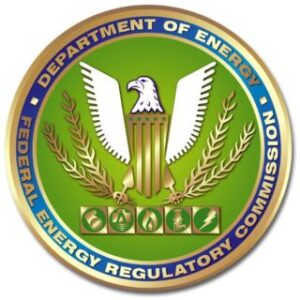
In response to the Commission’s “Notice of Technical Conference and Request for Additional Comments,”[1] issued on November 15, 2007, the Interstate Natural Gas Association of America (“INGAA”) hereby submits the following additional comments on the long-term growth component of the Commission’s DCF model.
Attached is an analysis prepared by Michael J. Vilbert of the Brattle Group. Mr. Vilbert has a Ph.D. in Financial Economics from the Wharton School of the University of Pennsylvania and is an expert in, among other things, estimating cost of capital. Mr. Vilbert recognizes that predicting long-term growth for use in the DCF model is a matter of estimation and judgment, not precision. In addition, he notes that the choice of model involves a tradeoff between accuracy and simplicity. Because the Commission’s current model examines an MLP’s distribution yield and projected growth from the perspective of the limited partner, as opposed to the MLP as a whole, Mr. Vilbert proposes one modification to the existing methodology to address the Commission’s concern about the long-term growth prospects of MLPs as compared to corporations. Specifically, Mr. Vilbert proposes a long-term growth rate for LPs equal to the average of GDP and the Federal Reserve Bank’s target long-term Consumer Price Index rate of inflation. By proposing a long-term growth rate for LPs lower than GDP, Mr. Vilbert’s proposal directly addresses the Commission’s concern that limited partners’ long-term growth rates can be expected to be lower than corporations.
[1] Composition of Proxy Groups for Determining Gas and Oil Pipeline Return on Equity, 121 FERC ¶ 61,165 (2007).
[1] Composition of Proxy Groups for Determining Gas and Oil Pipeline Return on Equity, 121 FERC ¶ 61,165 (2007).







